During our visit with Preeti and Pramod in Pune (refer to previous post for more on that) they encouraged us several times to make a trip to Aurangabad in order to view the nearby Ellora Caves. Neither the city of Aurangabad nor the caves were a place we planned to visit. We hadn’t heard of them during our travels or read about them in our guide book. So after Preeti and Pramod first mentioned them we had to looked up both places and did indeed find short mention of them in our Lonely Planet guidebook. But there was little mentioned and not enough to convince us to deviate from our plan to head to Mumbai.
But after a little more encouragement by Preeti and Pramod and a bit more research on our part, we decided to take their advice and head to Aurangabad to check out the Ellora caves. A big reason for deciding to go was because going would also allow us to spend more time with Preeti and Pramod. Pramod’s company closes their office on Thursdays as opposed to the weekend and we would be returning to Pune from Aurangabad Wednesday evening, allowing us to spend a full day with the two of them on Thursday. Sarah described the fun we had with them in the previous post.
We took a five hour bus from Pune to Aurangabad and woke early the next morning to catch a another bus to the Ellora Caves. They were only about 45 minutes away from Aurangabad and we arrived just after sunrise before the crowds. There are 34 caves total: 12 Buddhist, 17 Hindu, and 5 Jain. I’ve read only a little about each of those religions (Hinduism, Buddhism, and Jainism) since being in India and the relationship and history between them seem to be very intertwined. Supposedly, both Buddhism and Jainism are offshoots and reactions against some of the beliefs of Hinduism. I won’t attempt to explain the details of these interrelations because I’ll surely get it wrong. The caves were carved over a period of five centuries and consist of monasteries, temples and more functional spaces like granaries. Many were carved around the same time, implying religious tolerance. Nice.
The first cave you encounter after entering the main gate is cave 16, Kailasa Temple, a Hindu temple. It’s the biggest and most impressive of all of the caves. It has many rooms, multiple levels, large carvings of elephants and lions, and a long path around the perimeter with carvings of many of the Hindu gods and goddesses. In a handful of areas there was original paint remaining. The painted surfaces had a white base layer and used other more vibrant colors for the detail work. Most of what you see though is the raw stone. While the remaining 33 caves were not as big as cave 16, many were equally impressive. Even though the caves were a mix of Hindu, Buddhist and Jain they shared similar styles and details. Nevertheless, we enjoyed checking out each one of them.

These little tie-down locations were carved everywhere and seemed randomly placed. We couldn’t figure out what they were used for.

Upon closer inspection we found that the bees or wasps (not sure) were covering the outside of the nest. We zoomed in close enough to see them moving. Gross!

Many of the figures carved had very rigid postures. This one seemed the most natural. Also, it’s funny to see where people touch the statues (shiny sections).

Jain cave. This cave had a lot of detail in some places and seemed incomplete in others, specifically the path leading to the cave.

We saw this seam of another type of stone running through the cave and imagined how angry the builders must have been when they found it.
While we were there they were installing metal screens at the entrances of many of the spaces to prevent bats and birds from entering. Bats in particular have been making the caves their homes for sometime, which is evident by the strong smell of guano. There was also a lot of restoration work taking place at the Buddhist caves. The men doing the work were carving the stone with hammer and chisel just as with the original construction.
During our visit we came across yet another school field trip. In previous posts we’ve talked about our fun experiences with school groups. The kids always make you feel like a celebrity when they smile at you, say hello and want to have a photo taken with you. We spotted the kids heading our way near the Buddhist caves and decided to let them go ahead of us to avoid getting caught in the middle of their group. The school groups usually move pretty quick and are very well organized, so our wait wouldn’t be long. While waiting one of the teachers prompted a student to shake our hands. This in turn prompted the entire group of kids, boys and girls, to shake my and Sarah’s hands. Unfortunately, we didn’t anticipate the moment and didn’t have our camera ready. We must have shaken the hands of nearly a 100 students. The entire time we were grinning from ear to ear, as were they. The kids in India are great and consistently put a smile on our faces.
All of the caves, even the less detailed caves, were very impressive. We were so happy that we decided to listen to the advice of Preeti and Pramod to visit the caves. It was well worth the long trip and ranks high on the list of cool sights we’ve visited in India.
————–
At this point in the post I’ll go on a tangent and describe some of the fun we had with a rickshaw driver upon arriving in Aurangabad. Occasionally on the blog we share some of these stories but opt to leave them out most of the time because they can sound repetitive or come across as complaining. But based on a request from one of our blog followers I’ve decided to share a story that helps paint a more complete picture of our experience here. Feel free to not read ahead.
We’ve taken many long journeys in India and the bus ride from Pune to Aurangabad was no exception. The journey took 5 hours. Most of the time we opt for the least expensive mode of transportation, trains whenever possible and buses when we can’t get a train. In this instance we took a government bus. On these buses we rarely see other foreign travelers. The buses aren’t particularly comfortable (sometimes I don’t fit in the seat), don’t have A/C, are old and have rough suspensions, likely don’t meet any kind of safety standards, stop frequently, and involve going to the often times hectic and confusing public bus stand. And after these long and uncomfortable journeys we are always greeted by a traveler’s best friend (not), the rickshaw driver.
It’s semi-entertaining to watch them hunt for potential customers before the buses have even stopped. Sometimes they run alongside the bus and jockey for position to get closest to the door of the bus in an effort to nab customers as they exit. As they follow the bus they’re peaking inside to spot the best candidates. When they spot foreign travelers their eyes light up and they become even more frenzied in their hunt. A foreign traveler can mean they’ll get a larger fare—because foreign travelers are nearly always overcharged compared to local travelers—or they’ll get a commission for taking you to a hotel or travel agent, or best of all you might agree to hire them as your tour guide. Sarah and I don’t ever hire them as a tour guide or allow them to take us to a hotel they’ve recommended. We’ve even gone as far as to tell them not to enter the hotel with us as not to make the hotel staff think that they brought us their for commission. Though we avoid those two scenarios with the rickshaw drivers we still have to use them as the most common source of short distance travel in a city—when walking isn’t an option or we just don’t know where we are.
Combine the frenzied scenario just described with two road weary travelers with sore butts and things can become a bit volatile. So here’s how the rickshaw ride played out in Aurangabad. We were greeted by the rickshaw driver as soon as we exited the bus. He throws out the usual questions like: where are you from?, how long have you been in India?, can I recommend a best, cheap hotel? We say no to the best, cheap hotel and try to politely answer some of the other questions all the time knowing they’re leading up to some sort of sales pitch. We then told him the name of the hotel we wanted to go to and discussed price. The price of a rickshaw ride is not straightforward. If you’re lucky the rickshaw has a digital meter that clearly states the price. This is very uncommon. Most of the time the price has to be negotiated before you agree to the ride. This is challenging because prices are not consistent across India and so you have to learn the going rate in every new place you visit. In this case the rickshaw had an analog meter that tracks the distance but does not display the price. In places that use this type of meter you have to know the cost per kilometer to know what the price will be at the end of the ride. This is the kind of meter we encountered in Pune. The rate in Pune was 10 rupees per km (~ $0.20/km). Armed with this knowledge we insisted that the driver use the meter or we would move onto the next rickshaw. Walking away is the only way to get what you want in negotiations in India.
During the ride the driver again asked if we wanted to see a best, cheap hotel instead of the one we asked him to take us to. We politely said no. The rest of the ride he fed us his sales pitch about the tour service he offered that would take us to all of the sights. We again politely said no. But saying no does little for you in India when you’re talking with touts, beggars and of course rickshaw drivers. We typically let them talk while we repeatedly, and most of the time, politely tell them no thanks. He finally gave up and handed us his business card just in case we changed our mind. “We’ll think about it.”
After arriving at the hotel we unloaded our bags and asked the fair. Now this is where I realized we may have made a mistake. I assumed that the rate/km was the same in Aurangabad as we had paid in Pune. If anything it would be cheaper. I mean, Pune is a big city and big cities are always more expensive. The meter read 1km, so I calculated that the rate should be no more than 10 rupees. Not bad. But the driver wouldn’t tell me the cost and instead followed Sarah into the hotel. While on our way to the hotel Sarah and I discussed that she should go into the hotel to inquire about rooms while I stalled the driver by paying him the fare. This would help us avoid having to pay a higher rate for the hotel because of the commission the driver might request from the hotel for bringing us to them, even though we asked him to take us there. And so this is what we did. Sarah went into the hotel and I asked the cost of the ride. To which the driver told me it was going to cost 50 rupees. Wow, that’s way different than my calculation.
I asked the driver how that could be and what the cost was per kilometer. He had no good response and just kept telling me that the ride cost 50 rupees. I refused to pay him and told him that the rate in Pune was 10 rupees/km. How could his price be 50 rupees/km. That’s a huge difference. He couldn’t explain why there was such huge difference or what the actual cost/km was. He just insisted the cost was 50 rupees. Things escalated quickly and both Sarah and I began shouting at him. We told him that we only agreed to take his rickshaw if he used the meter. Now he’s totally discounting the meter and trying to charge us a flat rate. That’s not what we agreed on. We’ve had many bad rickshaw experiences prior to this and unfortunately for this guy he was dealing with two disgruntled tourist. We took all of our frustration from the other experiences out on this one guy. I continually refused to pay him. We asked him why he would lie to us and why he lies to so many other tourists. He had no good answer. We asked him what he would do if he were cheated as he was cheating us. He replied that “he would just deal with it”. Yeah, I don’t think so. So I responded by saying that I only had a portion of the fare and not the 50 he requested and that he’d “have to deal with it”.
In an attempt to learn what the actual fare from the bus stand to the hotel should be we asked the hotel receptionist and another driver and sternly told our driver not to discuss anything with them until they answered our question. He didn’t comply and spoke to them in an language other than English. This just escalated the situation. He then tried to support his case for not using the reading from the meter by wiggling the cable on the meter and then telling us that is was not working. To which we again reminded him that we only took his rickshaw under the agreement that we use a functioning meter. After much yelling and refusal to pay on our part, the hotel receptionist—visibly upset by the act playing out in his lobby—negotiated a slightly lower fare of 40 rupees. We reluctantly paid the fare and shared more unkind words with the driver.
There you have it. A scenario that’s all to common for travelers in India. I should add that we’ve encountered countless helpful people in India. But, as a traveler you deal with touts, drivers and hotel staff so often that your experience can’t help but be shaped by them. And it’s this group of people that we feel are some of the most dishonest and misleading people we’ve met during our travels. That said, the longer we travel here the better we get at dealing with them and the saner we stay.
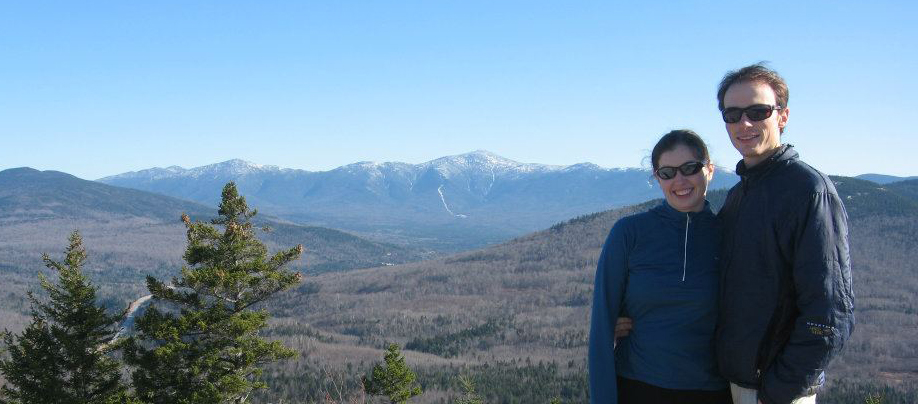











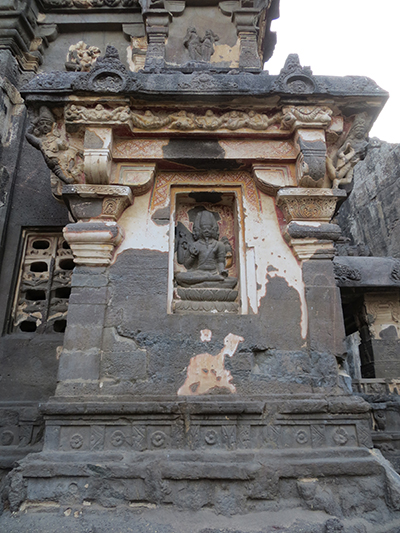





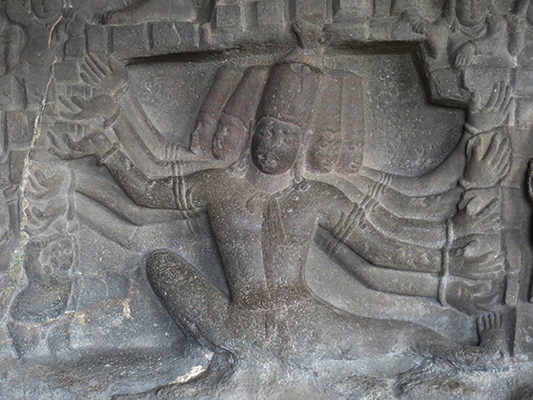








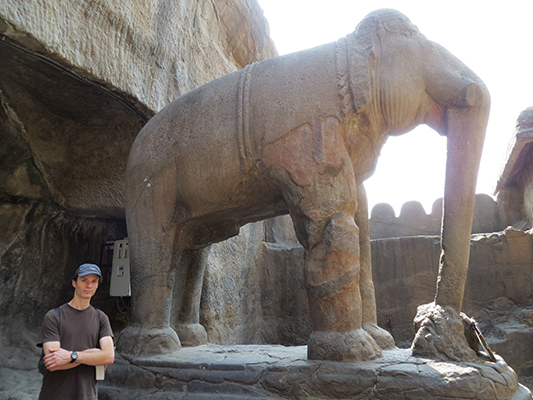
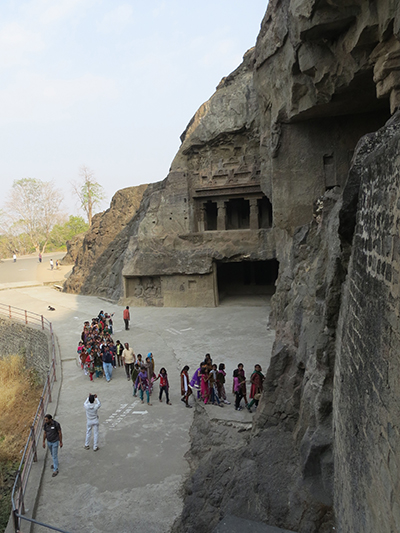
Reblogged this on CitraGran Cibubur.
I’ve been enjoying the pictures and stories of your adventures. The pictures of the caves and your sentiments about students are great. Your story of the rickshaw driver makes me laugh because of similar experiences I had travelling in India and Sri Lanka. In particular, one day in a big city in India (travelling alone on business), I needed to get somewhere walking and the streets were particularly confusing. I was approached by someone wanting to sell me a miniature carved wooden chess set. Lots of talk, many refusals, more vendors approaching, and little progress getting to where I wanted to go. Finally, I said that I didn’t want the chess set, but I’d pay him $5 to get me where I was going and get rid of the other sellers. I can’t recall all of what he said, but he made a BIG show about how I was his Good Friend and how the other parasites had to get out of the way and called them all sorts of unfriendly terms in quite emotional and emphatic tones. Well the sea of people parted and we were on our way. As we approached my destination he forced the carved wooden chess set upon me, insisting that no further payment was needed and wished me safe travels and a pleasant continued stay in India. Clearly I had overpaid for both his service and the chess set.
Hi Pat! Thanks for checking out the blog. We hope you’re enjoying it.
Your story is great! It’s amazing how you can go from one emotional extreme to another (i.e. frustrated/angry to surprise/joy) while traveling in India.